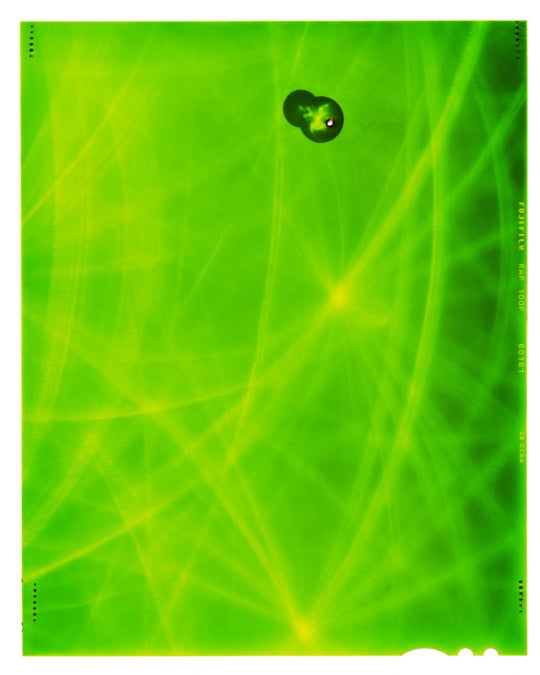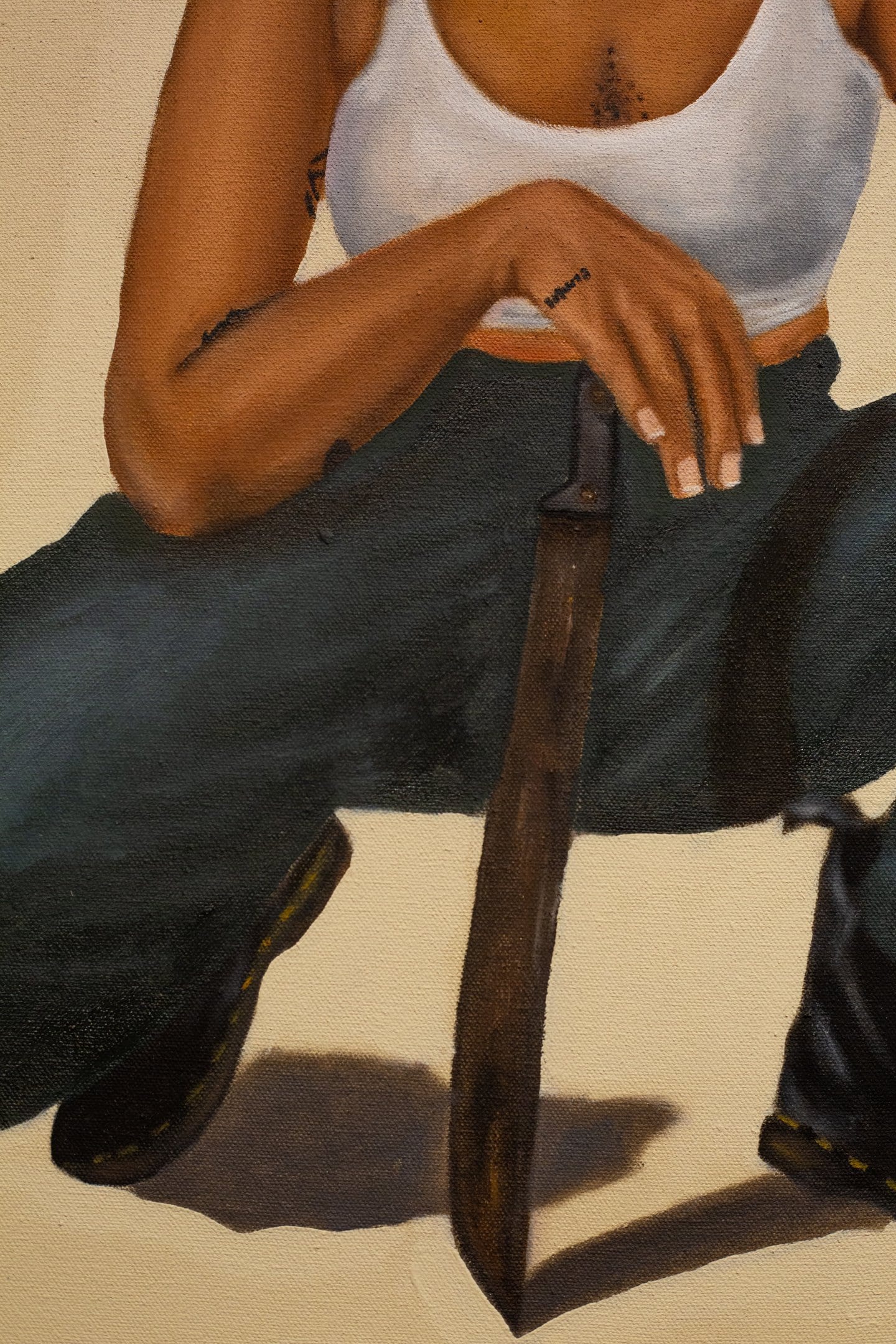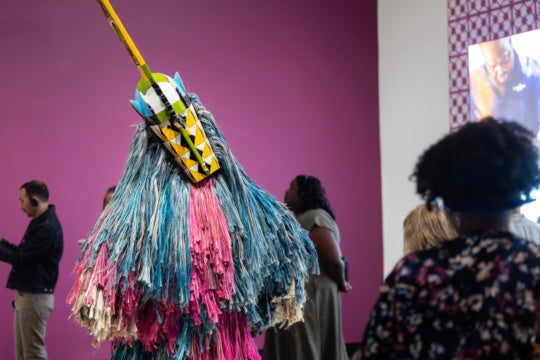
Michael Shapiro recently ended his 17-year tenure as director of the High Museum of Art. We asked his friend, artist Chip Simone, to sit down with Shapiro and reflect on their shared Atlanta experiences. The two met in the High Museum offices on July 28, three days before his departure.
Chip Simone: A lot has been said and written recently about your retirement, including an impressive list of accomplishments on your watch, such as the dynamic growth of the physical campus with world class architecture design, doubling of the holdings in the collections, a significantly increased endowment, loans of major works from around the world, both bright and eager curatorial staff each with an endowed position, growth in museum membership, and overall energized atmosphere and excited arts community.
After 20 years at the High, 15 as director, you retire in a few days and begin a transition from museum care to Medicare. [laughter] Has Atlanta’s arts culture changed in those 20 years?
Michael Shapiro: I’m sure it has, but it’s hard to chart.
CS: In the 20 years since you’ve started here, and with the experience you’ve had in the previous 20-odd years in other places, just in general terms, the art culture both in the country and particularly in this region has gone through enormous changes, both good and bad. The crash made a big impact, but the general awareness of the arts as a significant component to life in Atlanta seems to have picked up a bit of steam. How does it look from your perspective?
MS: While I would say that we have made progress as a community in terms of recognizing the value and need for the arts as part of a vibrant, aspirational city, there’s still tremendous room for growth, or I would say, tremendous need for growth, and that is the big civic challenge. How do we become more of an arts city and how does that in fact burnish our reputation as a center of commerce? It’s particularly challenging in any city outside of the three major American centers – New York, Chicago, LA – and then Atlanta is further challenged because we have no natural boundaries, so therefore it doesn’t have the compression that some other places might have.
CS: Compression?
MS: Compression meaning the density of activity in New York, where you can walk from one museum to another. But I think the increasing density within the city of Atlanta is a very good thing.
CS: So the kind of activity that’s coming around, say, the BeltLine? They just announced yesterday that the Masquerade club on North Avenue, which is across from Ponce City Market, has been sold, and they will put in an eight-story apartment complex there while retaining parts of it. There also seems to be some indication that people are getting a little more imaginative about holding on to certain architectural features and making the city a more interesting and visually intriguing place instead of just leveling everything and building anonymous boxes. Has the job changed you and your views about art, art presentation, and the role of the museum in the 21st century?
MS: Absolutely, no question about it. While I’ve always loved acquiring great art, I would say that I have been increasingly motivated to accelerate that here, and people have been very receptive to it so I’m hopeful that working with individual artists in depth is a tremendous opportunity in any field whether it’s decorative arts, art and design, or painting, sculpture, and photography. So hopefully that will continue to acquire great things at an accelerated clip. In terms of presentation, Rene d’Harnoncourt, who was an early director of the Museum of Modern Art, said, “Whenever an object is placed, it’s being interpreted.” I feel that that is correct, and I’ve felt that through my tenure here. However, I have, in terms of presentation, been a bit more theatrical. I think that the work of art on one level speaks for itself, but on another level, it needs help to communicate to a general public. Whether that’s wall color, text, video, larger murals, special lighting – all of those enhancements are very important.
CS: Proximity to other related things?
MS: Anything that a work of art is next to becomes a more complex equation. The design and installation team here is extraordinary, so when you combine great architecture with great sensitivity to installation design and great art — I think people need to be a bit more prideful of the fact that our galleries are among the most beautiful in the world. What we were able to achieve with Renzo [Piano] is to create a series of spaces that any artist wants to be represented in, and it’s a great opportunity to share art with our community and secure great artists and dealers.
CS: It’s a way to have art properly displayed.
MS: The overall direction, I think, in our country is greater audience engagement. Works of art that enable that are a way that museums can build a community audience. The spinning tops in the piazza [Los Trompos, by Héctor Esrawe and Ignacio Cadena] is one example. But a better example would be the Anish Kapoor reflective disk, which we bought in 2010. It has become one of the most popular works of art in the museum because it engages people, whether you are eight or eighty. I think there will be more video. When you use the word “interactive” it makes you think of video games, but we’re talking about works of art that could be performance. So, I think we’re going to have more of that while retaining an elegant presentation of traditional works of art, balancing those two things.
CS: Do you think Atlanta creates different challenges than other cities in this regard? In other words, are there places, besides New York, that foster an open attitude and support from the community for more novel or inventive forms of presentation?
MS: I’ve found Atlanta audiences to be very receptive and open. In general, the audience is willing to believe and experiment, so I think it’s a very open town with great additional possibilities. I think the big challenge is that there is a yearning for a more collective way to collaborate between visual arts organizations. I think that would be fun and useful. Maybe it’s an annual or semi-annual occasion. Or at least, just a willingness to cooperate. One of the lessons of the Olympic exhibition back in 1996 [“Rings: Five Passions in World Art”], which was based on human emotions, was the principle that we have much more in common with each other than the things that separate us. So, if you think about the visual arts organizations and perhaps other nonprofits, about what they have in common in an aspirational city, maybe there is some civic event or festival activity that people could rally around, something that’s larger than any individual entity.




